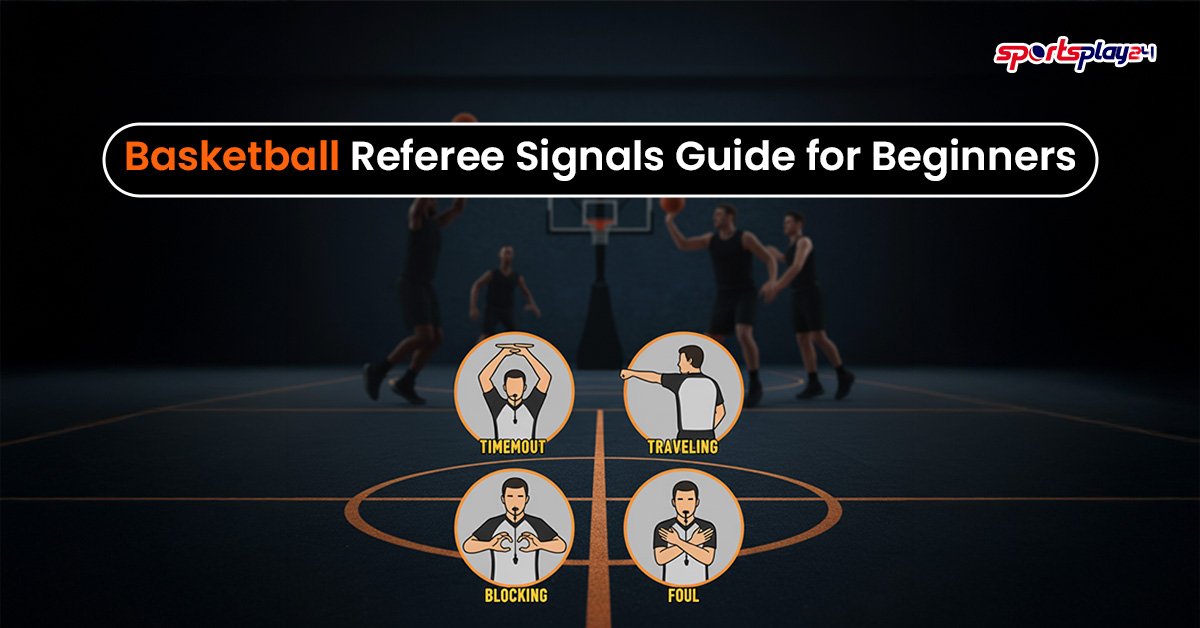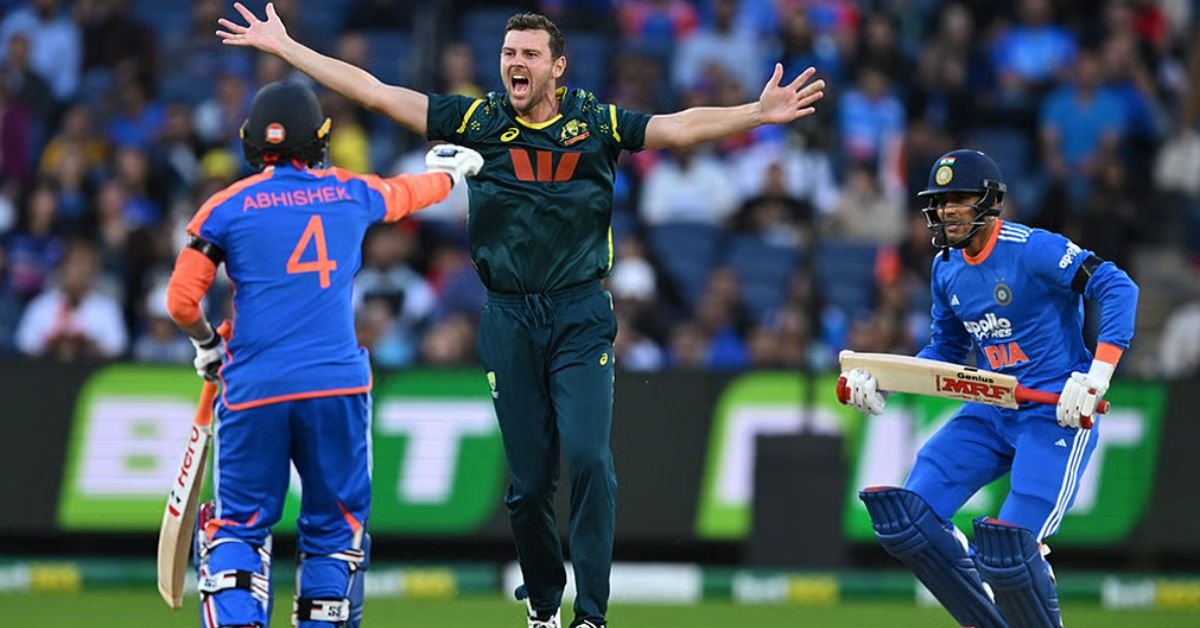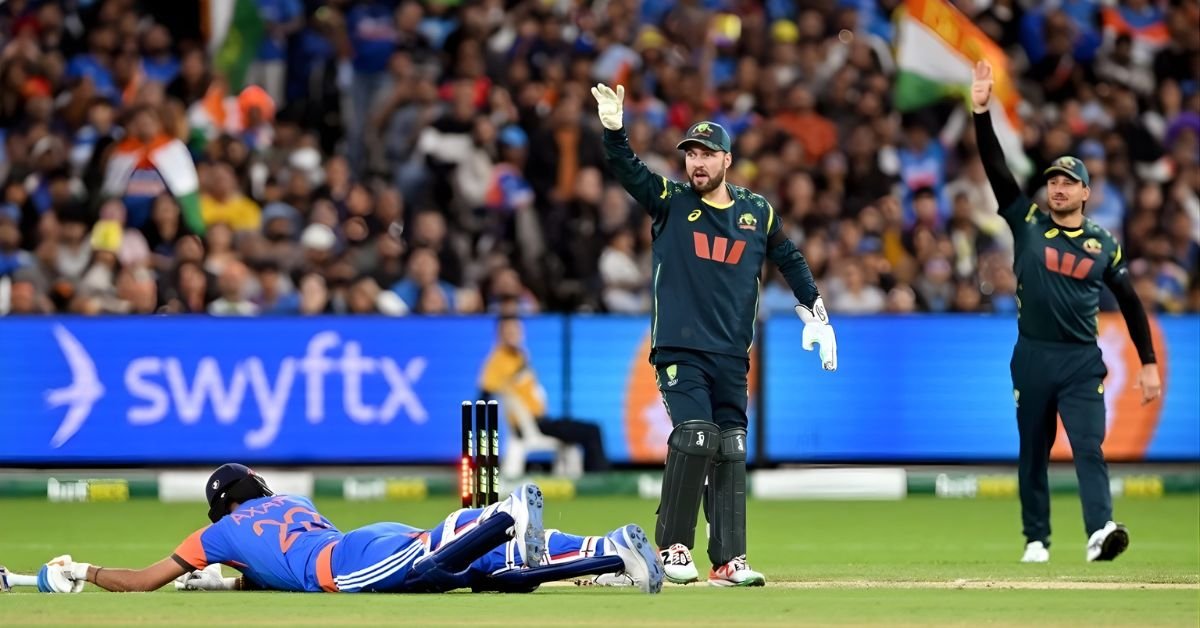In basketball, referee signals are the silent bridge between players, coaches, and fans. They communicate fouls, violations, timeouts, and points all without saying a word. For beginners, understanding these signals can completely change how you experience the game. You’ll not only follow what’s happening on the court but also appreciate the structure and fairness that referees maintain.
Table of Contents
ToggleTypes of Basketball Referee Signals
Referee signals are the visual language of basketball, clear, consistent, and globally understood. These gestures allow referees to communicate decisions instantly, without confusion or delay. For beginners, learning these signals can make watching or playing the game much more intuitive.
Time and score signals
Basketball referees use time and score signals to manage the game’s rhythm with absolute precision. Each gesture tells players, coaches, and scorekeepers exactly what’s happening from the moment the clock stops to when points are confirmed.
- Stop Clock: The referee raises one hand overhead, palm facing out, signaling the timer to stop. This usually happens after a whistle for a foul, violation, or timeout.
- Start Clock: With one hand raised, the referee brings it sharply down toward the floor, indicating that the clock should start as soon as the ball becomes live.
- Timeout (Full): Both arms form a “T” shape, a universal sign that a full timeout has been granted.
- Timeout (30-Second): The referee places both hands on their shoulders, with the elbows pointing outward, for a shorter timeout request.
- Three-Point Attempt:Extending three fingers on one hand signals that a player’s shot is from beyond the three-point line.
- Three-Point Made: Extending three fingers on each hand confirms that the basket counts as a three-pointer.
Foul signals
Fouls are a significant part of basketball, and referees use precise hand signals to make their calls clear to everyone: players, coaches, and the scorer’s table.
- Personal Foul: The referee strikes one fist into the open palm of the opposite hand to signal physical contact, such as hitting, pushing, or holding.
- Offensive Foul (Charging): The referee places one hand behind their head, showing that the player with the ball caused illegal contact.
- Blocking Foul: The referee places both hands on their hips, indicating that a defender impeded the ball handler’s movement.
- Technical Foul: The referee forms a “T” with both hands, showing that a player or coach committed an unsportsmanlike act or violated conduct rules.
- Unsportsmanlike Conduct: The referee crosses both arms in front of the chest, signaling a serious infraction beyond the scope of regular gameplay, often resulting in free throws or an ejection.
Violation signals
Scoring and violation signals help referees communicate when a basket is made or a rule is broken. These are some of the most visible gestures in basketball, often seen after quick plays or turnovers.
- Two-Point Field Goal Made: The referee extends one arm horizontally toward the scorer’s table, confirming that the shot was taken inside the three-point line and counts for two points.
- Three-Point Field Goal Made: Both arms are raised with three fingers extended on each hand, showing that the basket counts for three.
- Traveling: The referee rotates their fists in a circular motion, signaling that the player moved their feet illegally without dribbling.
- Double Dribble: One hand pats the other hand alternately, representing a second dribble after picking up the ball, a clear violation.
- Carrying or Palming: The referee turns their hand upward and flips it over, mimicking how a player illegally carries the ball while dribbling.
How Referees Train to Perfect Their Signals?
Refereeing might look simple from the stands, but in reality, it’s a skill honed through hours of practice, discipline, and consistency.
- Rigorous Certification Programs: Before officiating competitive matches, referees undergo certification courses from organizations such as FIBA, the NBA, or national basketball federations.
- Signal Repetition and Mirror Drills: Referees spend hours in front of mirrors or cameras practicing gestures until every motion becomes second nature.
- Game Review Sessions: Officials regularly analyze recorded games to review their signals, positioning, and communication clarity.
- Mental and Physical Conditioning: A referee’s job is as physical as it is mental. They train to move with play, stay focused under pressure, and deliver accurate signals while managing adrenaline and crowd noise.
- Peer and Mentor Feedback: Experienced referees mentor newcomers, correcting body posture, gesture height, and timing to ensure every signal looks professional and consistent across games.
Conclusion: Learning Referee Signals Improves Your Basketball IQ
Referee signals do more than help you follow the game; they deepen your entire connection with basketball. Once you know what each gesture means, you stop watching passively and start reading the game like a pro.
Every raised hand, pointed finger, or “T” shape tells a story about what just happened and what comes next. You begin to see how the referees maintain rhythm, control pace, and ensure fairness. This insight sharpens your basketball IQ, making you more aware of strategy, timing, and even player behavior.





